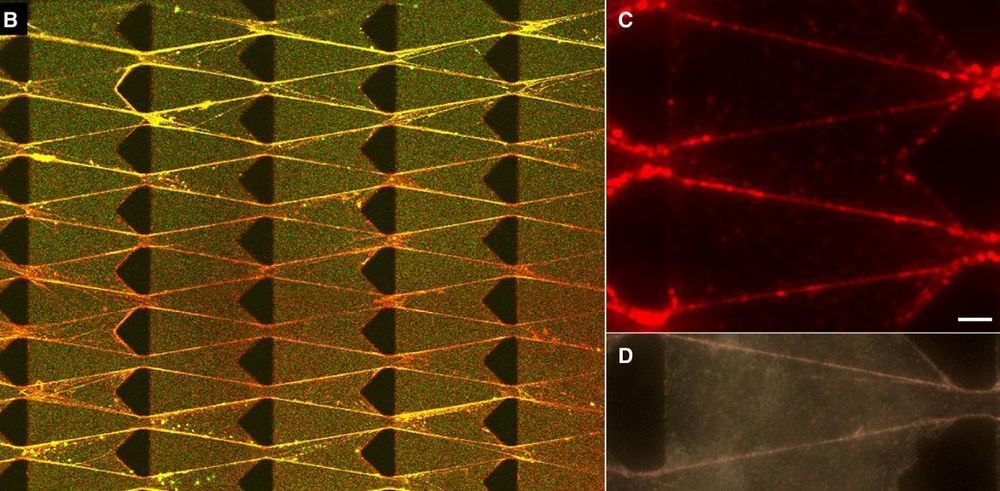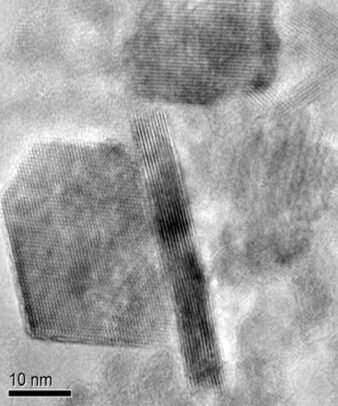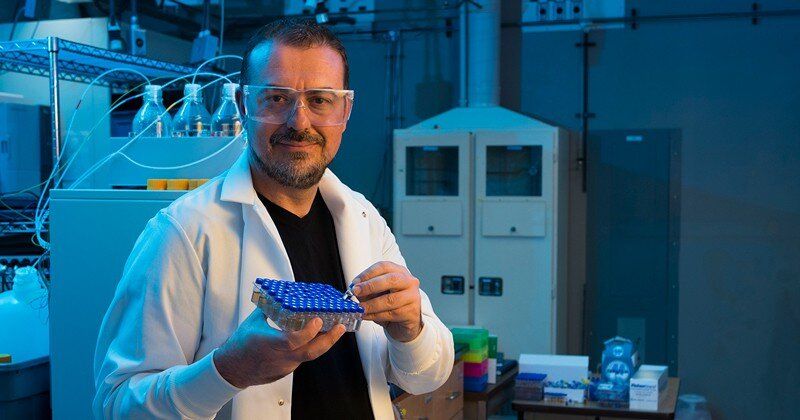(Natural News) Turkish inventors have created a new building material that is five times stronger than titanium and has the density of wood planks. Most remarkably, this new “Metallic wood” is lighter than titanium and still has the chemical stability of metal for use in manufacturing applications.
The new material is made out of nickel-based cellular materials as small as 17 nano-meters in diameter. These electroplated nickel nano-particles are strategically arranged in struts to maximize their load-bearing strength as a whole. This strategic arrangement of nickel makes the material four times stronger than bulk nickel plating. By tinkering with nano-meter-scale geometry, the inventors can increase the strength and density of the new material. This geometric arrangement of cellular materials is spatially organized and repeated to generate the new “Metallic wood” material. This geometric nano-meter engineering feat produces a very dense material, like that of wood. The inventors have even made the material as dense as water (1,000?kg/m3).







